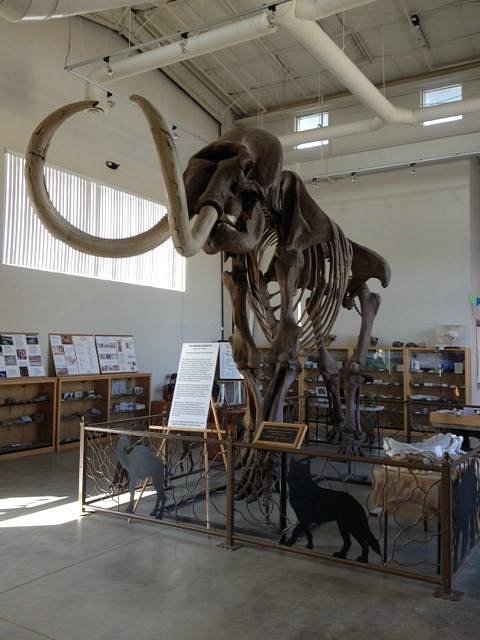


Family-friendly museum & dig site showcasing fossils from the middle Pleistocene period.
The discovery of these magnificent fossils were made at the Fairmead landfill in Madera County, the site of one of the largest middle-Pleistocene fossil excavations in North America. These fossils are of particular significance for California and the western United States because there are few sites known from this time period, especially with so many species present. Fossil Discovery Center is one of the best Madera County Museums. If your looking for fun places for kids, come check out our jaw dropping exhibits! We are more than a California fossil museum.
Located just off Highway 99 in Chowchilla, the Fossil Discovery Center of Madera County overlooks the Fairmead Landfill. And although the city dump may seem like an unlikely choice for a neighbor, the landfill is actually the reason for the existence of the museum; in fact, the largest North American collection of middle-Pleistocene fossils was excavated there in 1993. A favorite field trip destination, this offbeat museum also makes a fun detour on any Central California road trip. Not only is it a good place to stretch your legs or enjoy a picnic lunch, but it’s also a fun place to learn about the former inhabitants of the area.
There’s accessible parking near the museum, with level access to the front door. Inside there’s plenty of room to maneuver a wheelchair or scooter around the exhibits, and a barrier-free path to the accessible restrooms and theater. Take some time to see the short movie which includes the history of the area and what it looked like 700,000 years ago, as well as details about the first fossil discovery and the ongoing excavation at the landfill.
The exhibits include life-size skeletal models of the Dire wolf, Pleistocene horse, Short faced bear, American camel, Harlan’s ground sloth, Saber-toothed cat and the massive Columbian mammoth. Animal tracks, habitat information and fossil remains are included next to each skeleton. And of course the artifact that started it all — a 13-pound Columbian Mammoth tusk — is prominently displayed.
Other inside exhibits include microfossils, a working paleontology laboratory, and even a tribute to the first female paleontologist — Mary Anning, who was born in Dorset, England in 1799. Round it out with a small gift shop and you have a comprehensive look at the science of paleontology, with specific emphasis on the Central Valley.
The outside exhibits are equally fascinating. A level sidewalk leads past a recreation of a Yokuts Indian house, and over to the Pleistocene Pond. A 250-foot accessible trail winds around the pond, which is landscaped with native plants and dotted with interpretive plaques. This well-done exhibit offers visitors a brief glimpse of how the San Joaquin Valley most likely looked prior to the arrival of man.
One of the most popular exhibits — the mock dig — is located near the parking lot. There’s ramp access to the dig site, but you have to be able to get down and crawl around in the sand to fully experience this installation. Kids can excavate 22 replica fossils that were known to be found in the area; and even if you don’t participate, it’s still fun to watch.
Bring along a picnic lunch to enjoy at one of the accessible outside tables. Currently there are no food concessions at the museum, but plans are in the works to change that in the future. The museum recently acquired an old Mammoth Orange Hamburger stand that was once a fixture on Highway 99. The stand — which was a hit with the locals — sold hamburgers and their trademark orange milkshakes; and although it needs some major repairs and a lot of TLC, this piece of Americana is slated to be refurbished and possibly turned into a snack bar. And you just can’t beat the play on words — a Mammoth Orange at the excavation site of the Columbian Mammoth. What could be more fitting?

